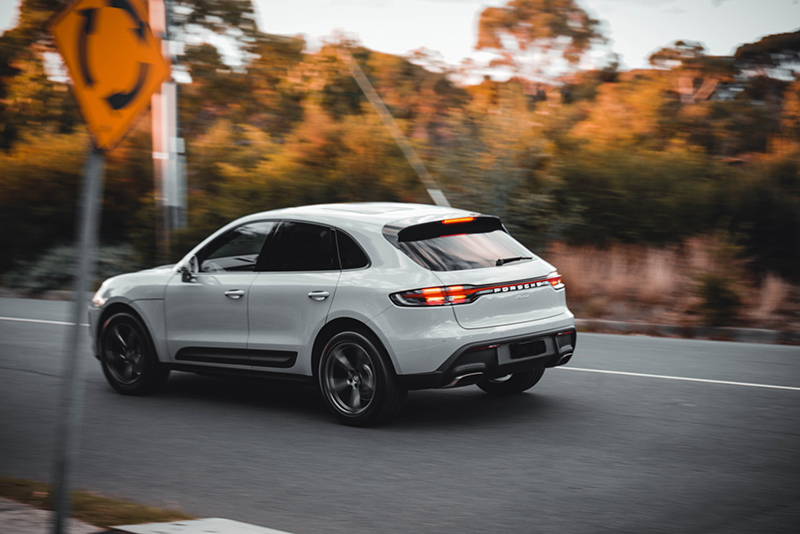
Rechargd.com is reader supported. We may collect a share of sales or other compensation from the links on this page. As an Amazon Associate, we earn from qualifying purchases.
Getting more range out of your electric car is an important consideration, whether you are driving around locally or going on a long trip. There are a variety of ways to increase range but does driving slower work?
Electric cars are thought to find their optimal balance between conserving power while maintaining speed at about 90km/h (55mp/h), although this varies. There are a number of other factors that influence the range and things you can do to get the most out of your EV.
The Best Speed to Drive Your EV for Range Efficiency
Just as in an ICE (internal combustion engine) vehicle the faster you go the more fuel you use, in electric cars, the more economic speeds you maintain the longer the range. Not only will driving at a relatively low, consistent speed gives you more miles before the next charge but it also provides effective protection for the battery.
Is 35km/h The Best Speed?
So what do we mean by low speed? Well, this depends on the car and the type of road, but generally maintaining a speed of around 35km/h will get you the longest range.
Some electric car enthusiasts have put this theory to the test. In an experiment by nonprofit Mission Motorsport, Renault Zoes were put to the test around the Thruxton racetrack in the UK.
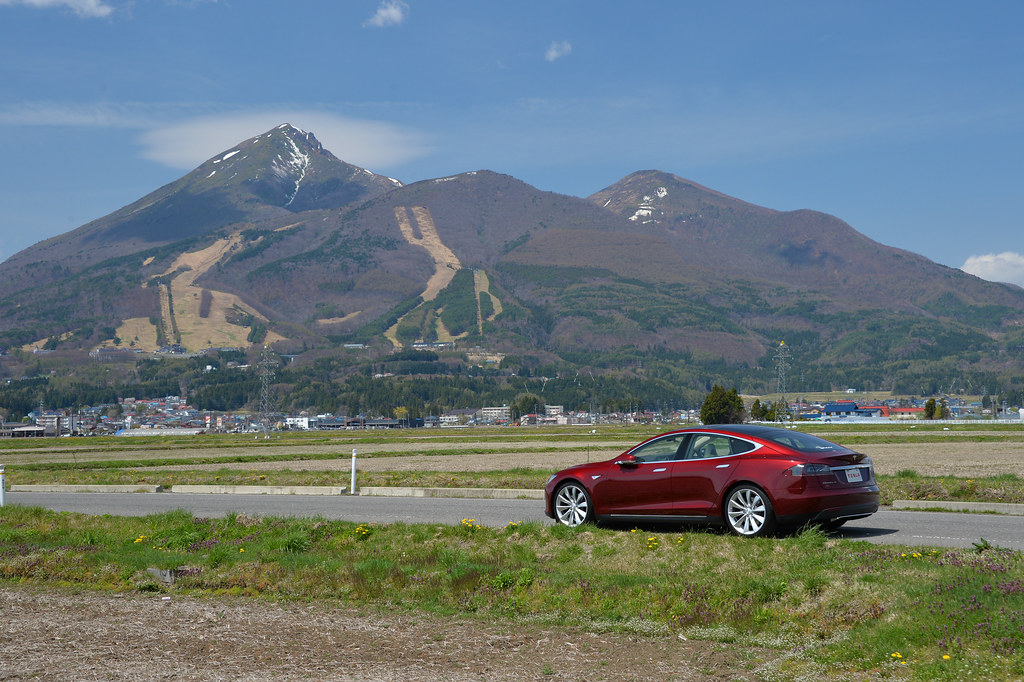
The racetrack which is usually used for speed was this time put to the test to see how much range could be squeezed from the Renault Zoes. The car with the greatest range was driven for 24 hours averaging approximately 19mp/h (30.5km/h) and managed 475.4 miles (765km) on a single charge. The average range for a standard Renault Zoe is around 240 miles (386km).
How Regenerative Breaking Helps Conserve Battery Life
Now it is true that it is not always practical or possible to drive at a low speed. In this case, your electric vehicle is likely to find its balance between conserving power while maintaining speed at about 55mp/h (90km/h). In fact driving at 120km/h can see a drop in range as much as 5-10%. So because driving faster will mean more charging stops, overall you are best to maintain a moderate speed.
The way you drive can also have an impact on range. Excessive acceleration and braking can consume more battery and decrease the car’s range. Using regenerative braking where the electric motor slows the vehicle down, recharging its battery a little bit.
Nonetheless, it can help minimize energy consumption. It is recommended to to try avoid pressing on the brakes too often or too hard, wherever possible and safe of course, and to rely on regenerative braking where possible.
In terms of driving smoothly, it is best to look as far ahead as you can and plan your braking so that you put the maximum amount of energy back into the battery. So practically, this might look like lifting off the accelerator a little earlier than normal when approaching a junction or roundabout so you don’t have to abruptly step on the brakes.
2 Key Factors That Affect Range?
1. Outside Temperature
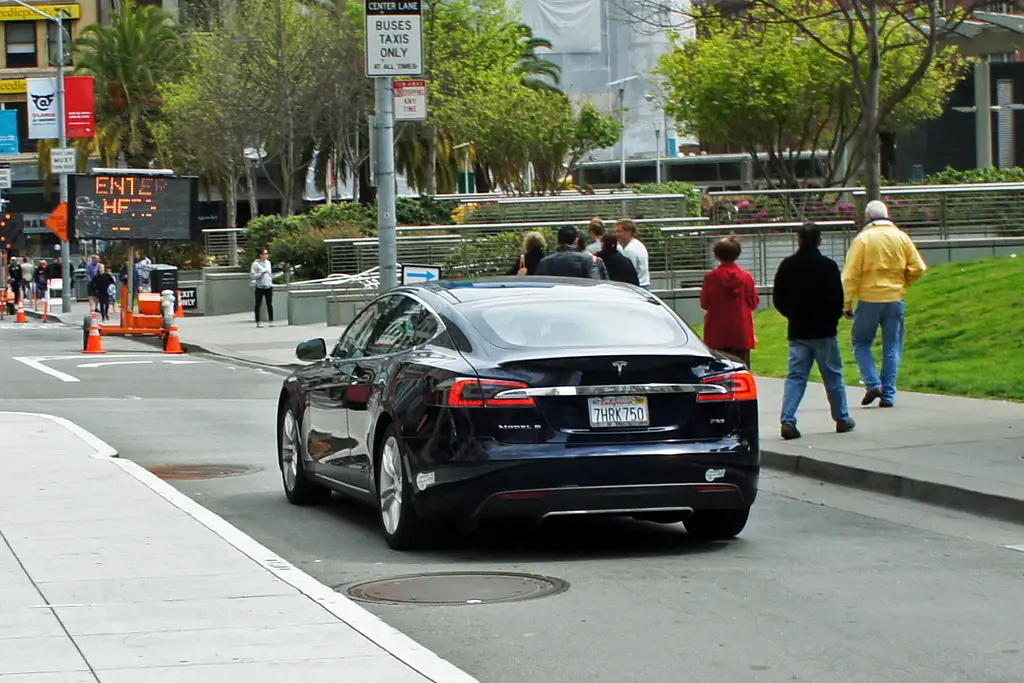
Cold Weather Reduces Range
Colder weather can reduce the range in electric cars, particularly in temperatures below zero due to more power spent optimizing the temperature of the battery instead of on other functions. The heater will also use more battery reducing the range of the electric car. So if you are planning a trip somewhere cold, this is something to bear in mind.
Windows Down
Even something such as having the windows down can affect the car’s efficiency, so the battery needs more energy to keep the car moving. Keeping the windows up will therefore improve the car’s range although depending on what weather you are driving in, this may not make for a comfortable journey.
In contrast, if you are driving very slowly such as being stuck in traffic then wind resistance is not going to have much of an effect on the car and so it would be better to have the windows down to cool the car’s cabin temperature rather than have the A.C. on.
Slipstream
Another driving trick is to make use of slip-stream when on a motorway or similar type of road. As air resistance increases the faster you go, it requires more energy to keep your vehicle moving compared to when there is less air resistance.
So sitting safely behind a larger vehicle, making sure you have a safe distance between you and the car in front, can actually increase your range because the vehicle faces less wind resistance.
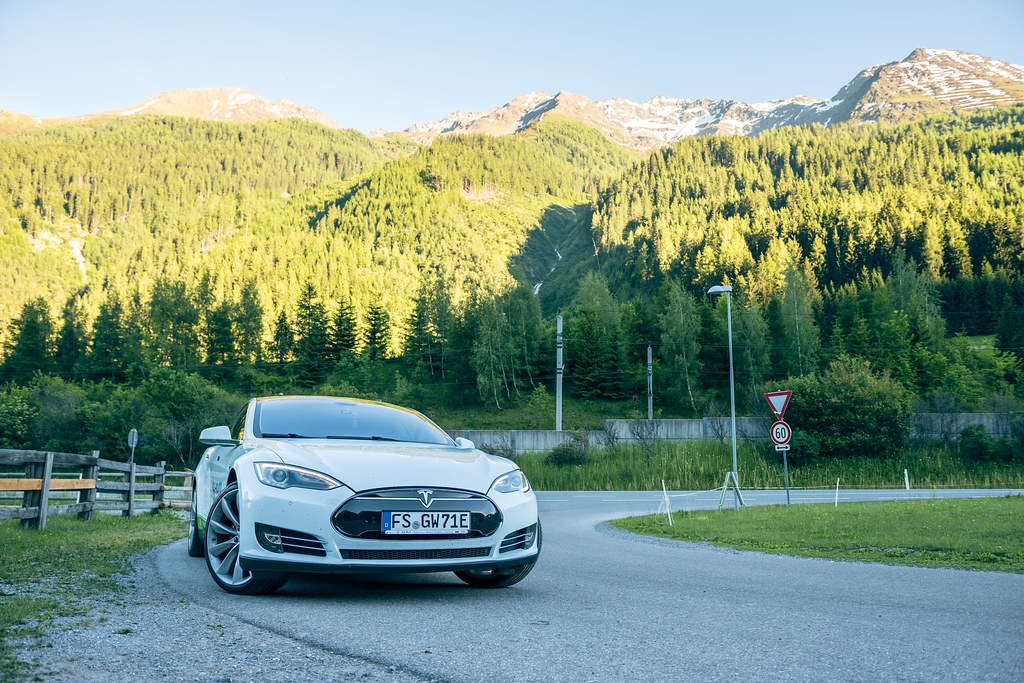
2. Weight And Tyres
Passenger Weight
The weight of the vehicles also influences the range, so it is important to offload any unnecessary weights on your vehicle. Keeping unnecessary luggage in the car to things like bike racks can weigh down the vehicle and reduce the range of your electric car.
Tyre Pressure
Tyres can also affect the range and although large alloy wheels look good, they increase the rolling resistance and therefore reduces the efficiency of the car and the range. The best wheels to use are smaller ones with a thicker profile, which will give you more range.
The pressure in the tyres also matters so ensuring that it is at an optimal level will reduce unnecessary rolling resistance which will decrease the range.
Planning Efficient Route
Even with all these factors, one of the ways you can increase your range is by planning your route effectively. While this is not always possible, avoiding steep inclines and roads with lots of stopping and starting can give your car more range.
Making sure that you have plenty of range to get to your next charging station is also important in terms of your range but also to the health of the battery as running it down completely can cause permanent damage.
So Which Cars Get The Most Range Today?
While there are steps you can take to increase your range, the average range of electric cars does vary widely. Although infrastructure to support electric cars is being developed and built out, the development of electric cars with more range will also play an important part in the adoption of electric cars.
It is crucial for electric cars to be able to go the distance between charging points, particularly with the growing push from governments to move away from ICE vehicles.
ICE vehicles will see their demise, at least in terms of the purchasing of new ICE vehicles with it set to become illegal in 2035 (EU & UK). So the time is ticking to get electric cars up to standards to take over as the dominant type of vehicle on the road.
1. Vision EQXX Concept Car
Car manufacturers are continuing to push the capabilities of electric cars and their range though. Mercedes revealed the Vision EQXX concept car in April 2022 which could drive more than 1000km (621 miles) with a single charge.
Although this is just a concept car at the moment, it does demonstrate that electric vehicles are becoming more viable for the average driver since concerns about charging infrastructure is key reason drivers do not want to transition to electric vehicles.
In terms of cars that are commercially available right now, the Mercedes EQS currently gets the most range. The EQS model features a 107.8kWh battery, the largest car battery available on sale today and it provides a maximum range of 450 miles or more provided you take care not to drive at excessive speeds.
However, if speed is more of consideration then the Mercedes WQS will not disappoint taking you from 0-62mph in 6.2 seconds.
2. Tesla Model S
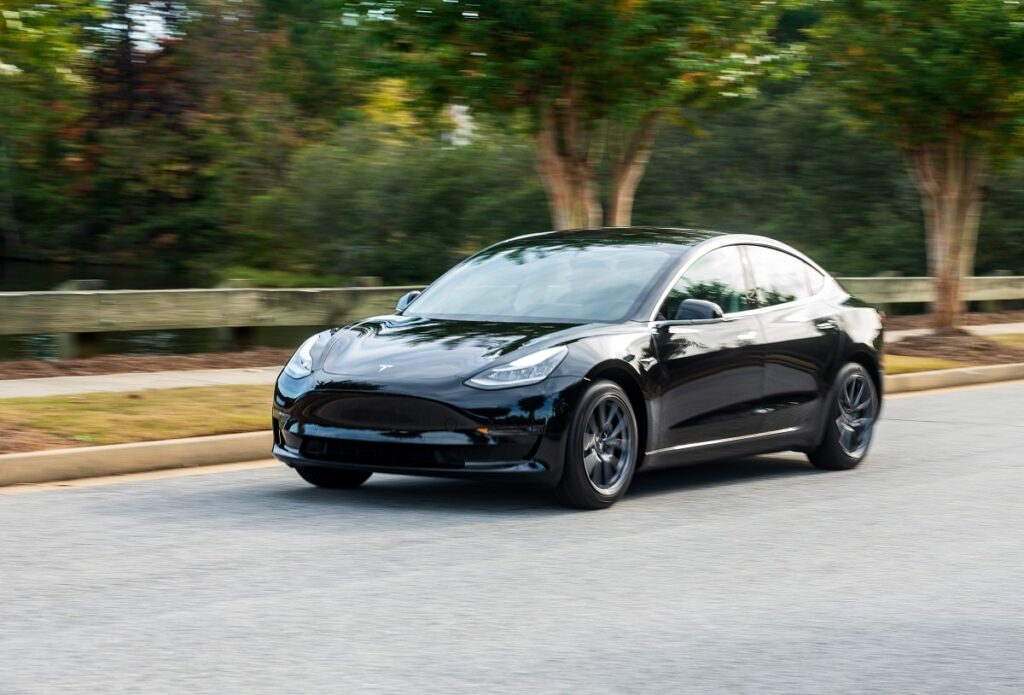
Next on the list is the Tesla Model S, which for ten years was the undisputed winner of the electric vehicle range, that is until the Mercedes EQS came on the market.
The Model S boasts a range of 396 miles although the WLTP range could be highest when the revised Tesla Model S becomes available in the UK later this year.
Tesla was also planning a long-range version called the Model S Plaid+ which would have been capable of 520 miles range; however, this has now been taken off the website as the Model S Plaid is apparently adequate.
3. BMW iX
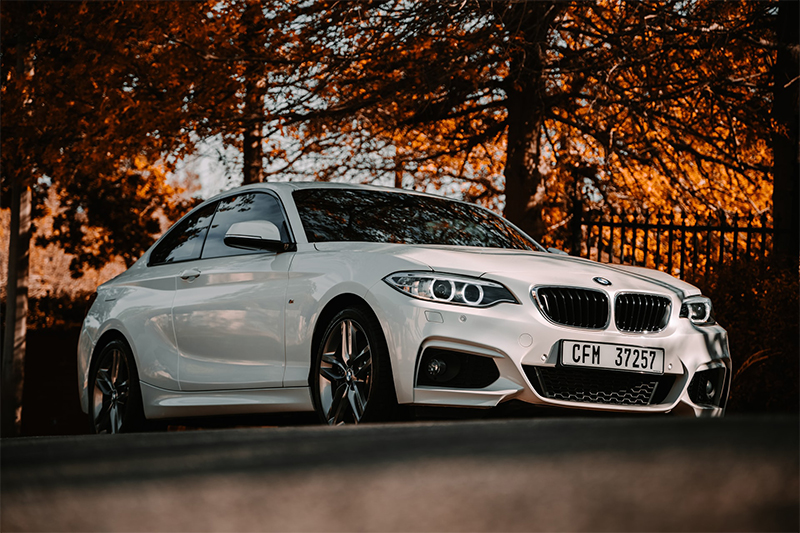
The BMW iX comes in third place in terms of range. Its 106.3kWh battery can power the car for a maximum range of 380 miles. This is one of the largest batteries ever installed in an electric car. Another bonus is the 195kW charging abilities, which means that just 10 minutes with a rapid charger will get you 93 miles of range.
Electric cars can get more range from being driven slowly; however, it is not always convenient to drive at such slow speeds.
Where this is not possible, it is likely a speed of around 55mp/h (90km/h) will get you the optimal balance between conserving power whilst maintaining speed. Avoiding harsh acceleration and deceleration can help conserve battery power.
There are a number of other driving tricks and tips you can use also to get more range. The range continues to be a concern for electric car skeptics, but it is likely that as electric vehicles continue to be developed, the maximum ranges will increase too.
